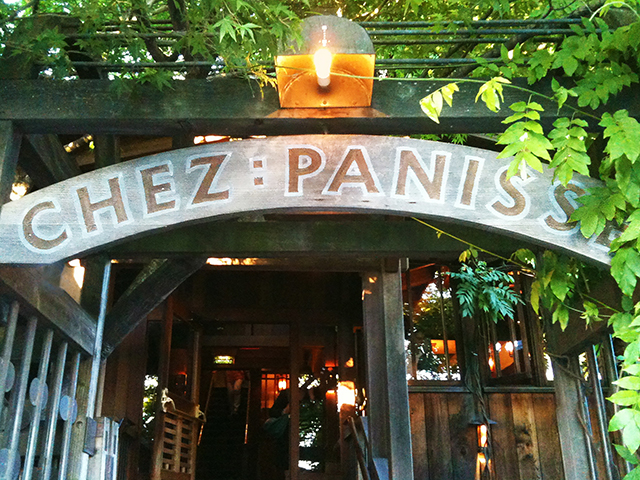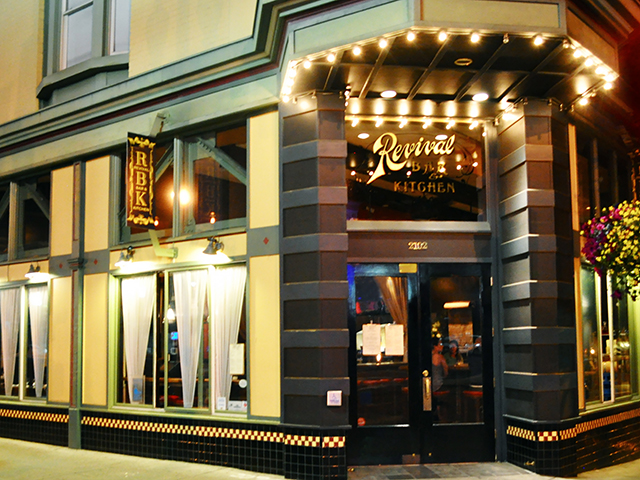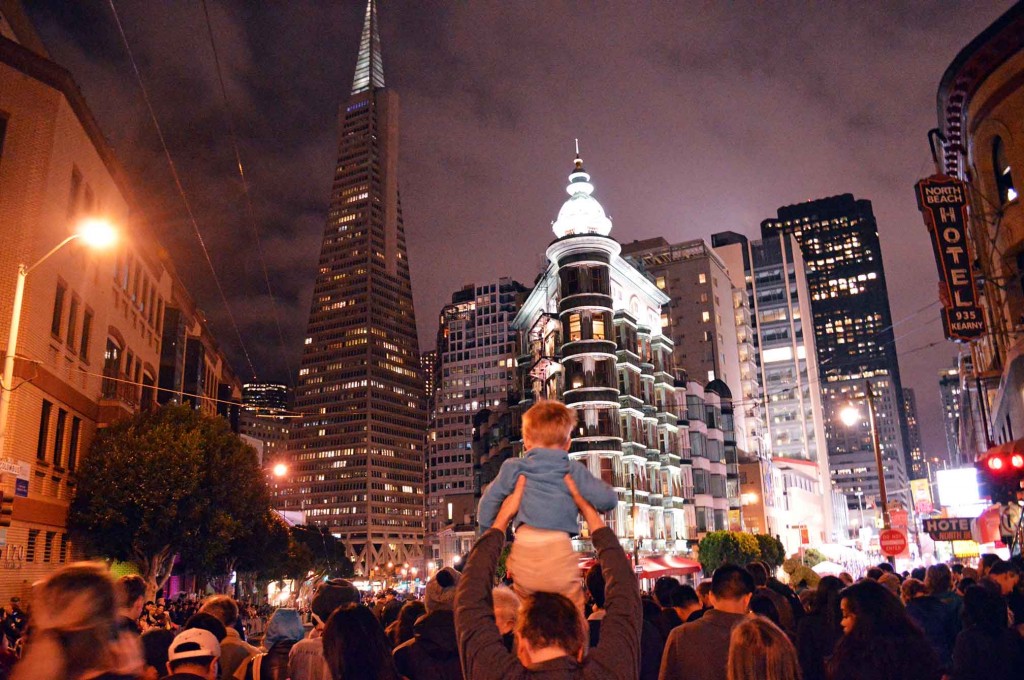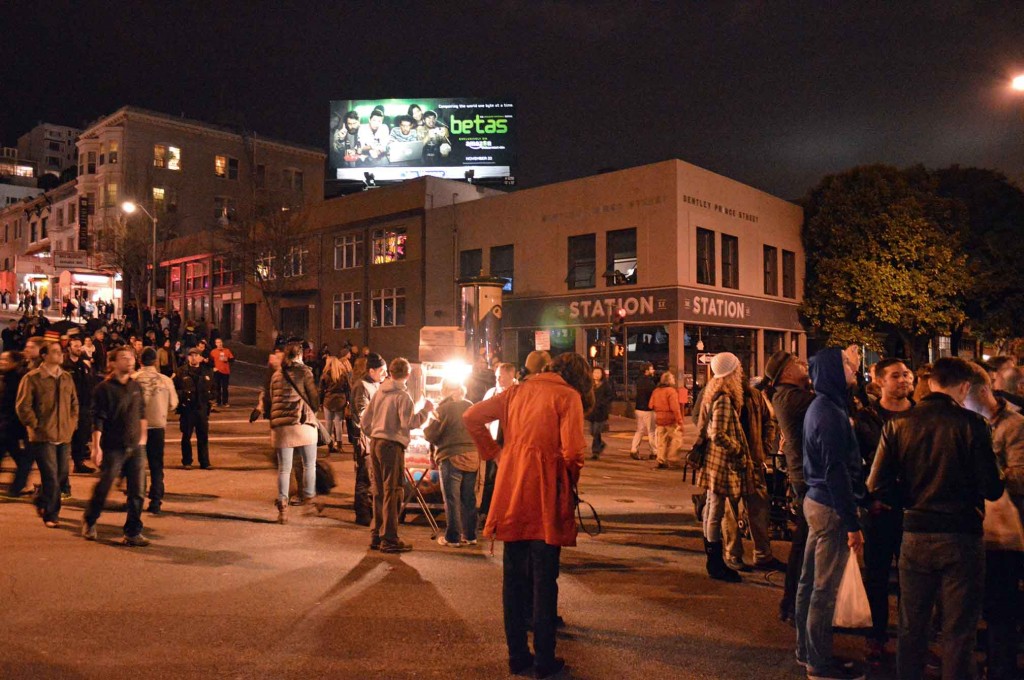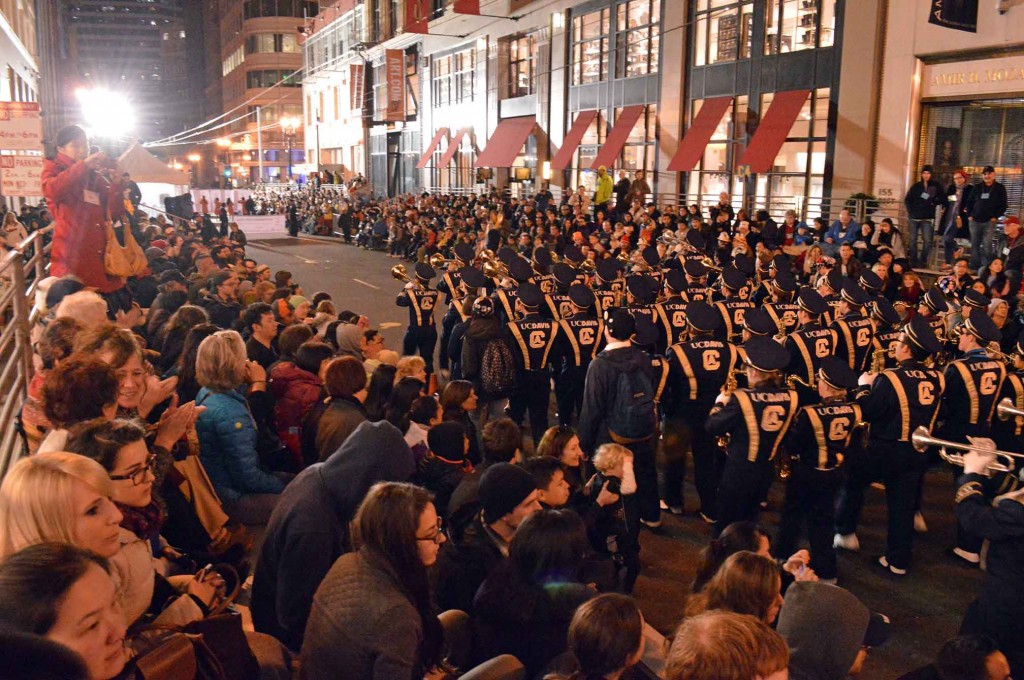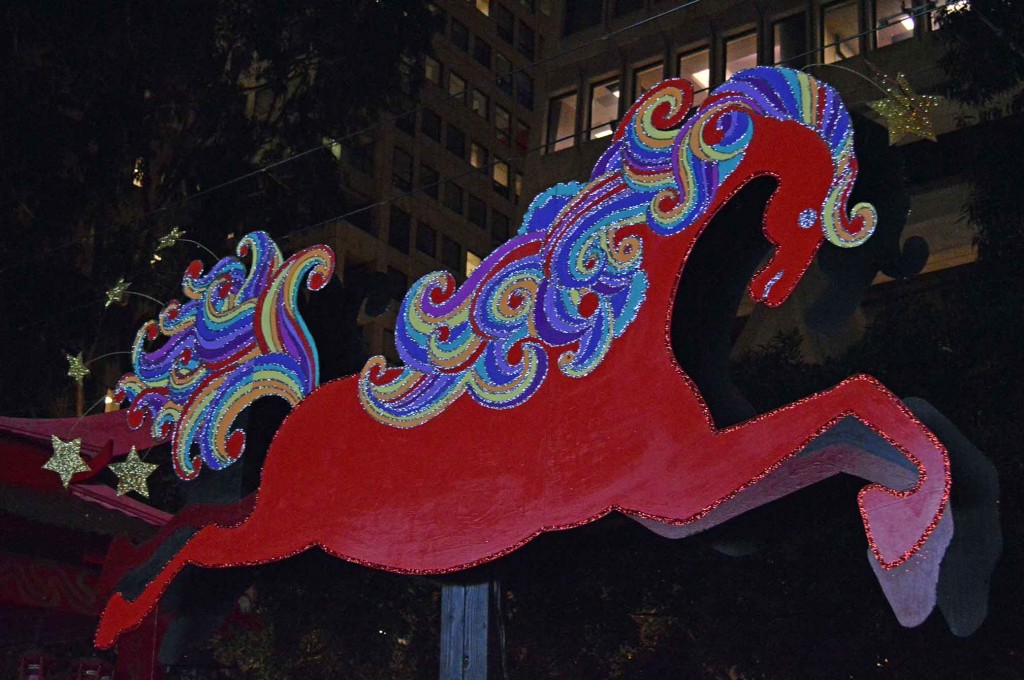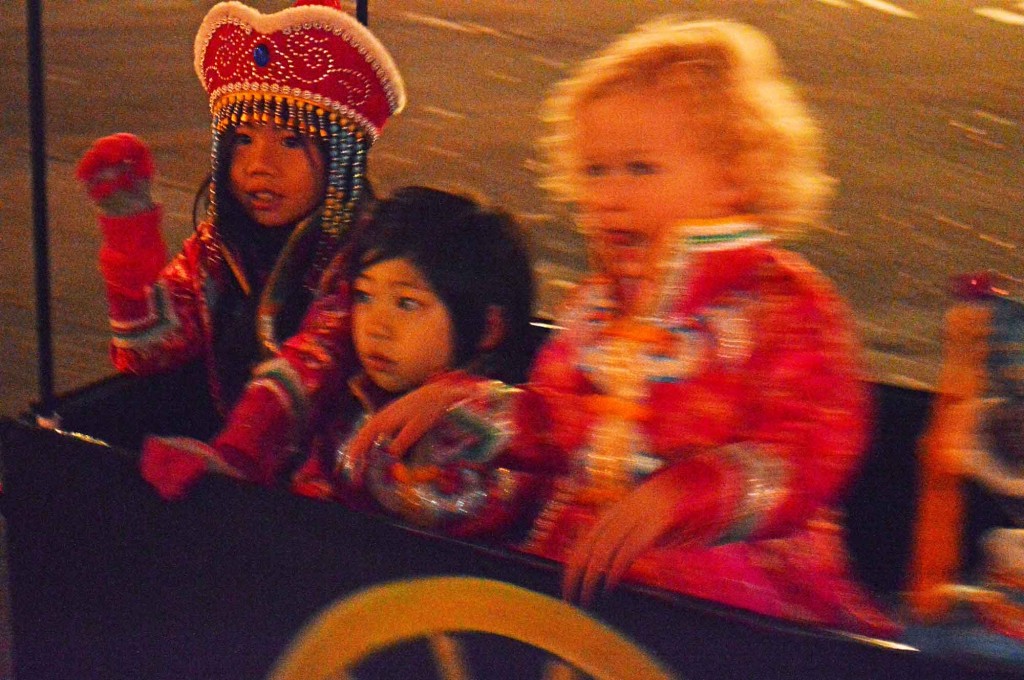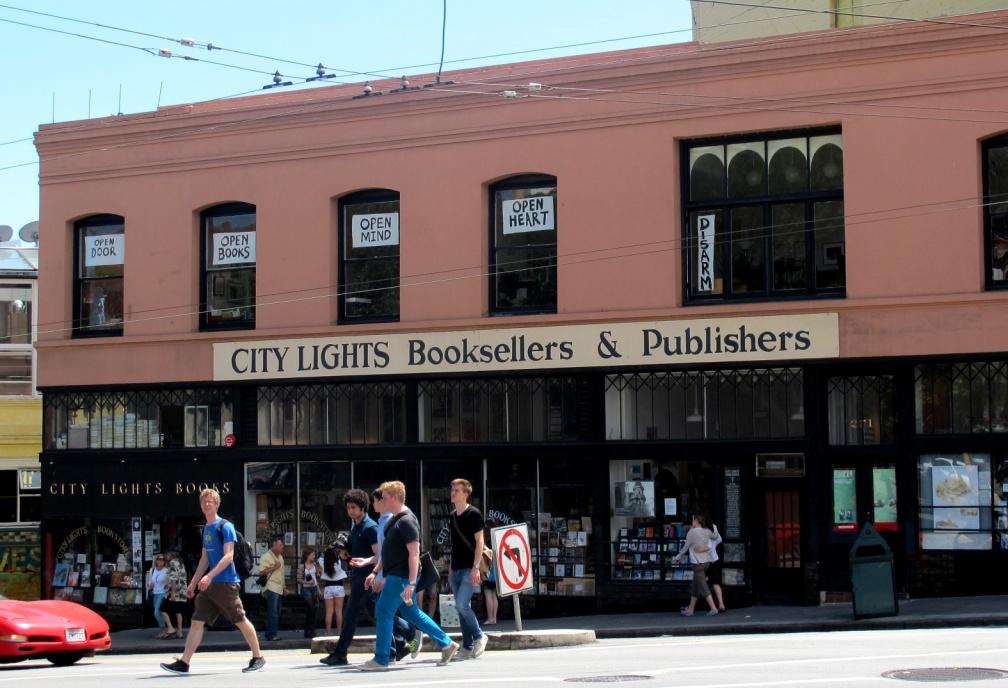Gina Caruso is a holistic nutrition consultant from Berkeley with a passion for delicious organic food. Below she tells us about her favorite places to grab a bite in Berkeley.
In choosing to eat local, organic, and sustainable foods, you will not only avoid consuming harmful pesticides, hormones, pathogens, and other contaminants, but you will also support your community and environment. These ideals have emerged over the last thirty years, and continue to resonate with the people of Berkeley, CA. Supporting local farms and bringing organic foods to its residents, the Berkeley community is home of the organic food movement, benefiting the health of its inhabitants, the community as a whole and working to bring fourth education and advance sustainable practices. In Berkeley, you will find a wide range of restaurants aimed to fill the tastes and needs of all individuals, ranging from fine dining, to ethnic, to vegetarian, to budget culinary gems.
Fine Dining
The North Shattuck area of Berkeley, CA has been popularly known as the “Gourmet Ghetto” since the 1970’s because of its concentration of innovative restaurants. Founded in 1971, one restaurant famous for pioneering California cuisine is the legendary Alice Waters’ Chez Panisse, located in the heart of the Gourmet Ghetto. The restaurant downstairs is open for dinner Monday-Sunday by reservation only. It offers a fixed dinner menu consisting of three to four courses. The menu changes every night, based on changes of the season.
The Chez Panisse Cafe, which opened in 1980, is located upstairs, and offers a moderately priced , a la carte alternative menu. The menu changes daily, inspired by local farmers markets. Through its locally sourced fresh ingredients, as well as it’s intimate relationship with local suppliers, Chez Panisse continues to be a pioneer in California cuisine, striving for environmental harmony and delicious flavor. Visiting foodies will not want to miss a meal here. Be sure to make reservations at least 1-2 weeks ahead of time.
Revival Bar and Kitchen brings high end American cuisine to the center of downtown Berkeley. Building relationships with local venders, Revival Bar and Kitchen ensures to serve the finest quality local, sustainable, farm to table cuisine. Pairing with biodynamic wines from local wineries and seasonal organic cocktails, their high end American cuisine is sure to be a wonderful dining experience and is a must stop while in downtown Berkeley.
Budget/Takeout
The Cheese Board Collective is the world renowned home of the pizza of the day made from the freshest local ingredients available, open for lunch and dinner five days a week. Located on Shattuck Avenue, in the heart of the Gourmet Ghetto, people line up around the corner to taste the pizza of the day. The collective also includes a cheese store, bakery, and espresso bar offering close to 400 hundred different cheeses, as well as an extensive selection of freshly baked breads and pastries.
Also located in the Gourmet Ghetto, is Grégoire’s Restaurant. Founded in 2002 by French chef and owner Grégoire Jacquet, it has transformed the traditional carryout food, bringing to Berkeley the first high-end artisan takeout restaurant. Well known for their crispy potato puffs ($4.50), the menu changes monthly providing seasonal, gourmet and budget friendly cuisine.
Vegetarian/Vegan
Cafe Gratitude is one of a chain of restaurants that that brings to patrons a holistic dining experience unlike anything else. Their menu items are listed in the form of affirmations, helping to encourage employees and customers to affirm the great qualities that lie within themselves. The seasonal vegan menu is 100% organic with produce from their own garden, ever expanding to satisfy every dietary need. Enjoy a wholesome meal paired with a glass of homemade organic wine and end with a delightfully tasty, raw dessert, all made fresh daily with gratitude.
Potala Organic Cafe offers a vegan/vegetarian menu, featuring only the freshest, organic and seasonal ingredients. The menu changes daily, offering simple meals with no added seasoning, a la cart items, and medium meals for lunch and dinner, seven days a week.
Ethnic Cuisine
Razan’s Organic Kitchen features burritos, international wraps, and combo plates, offering a wide range of ethnic cuisine, using 100% organic ingredients. For a quick bite on the go prepared with fresh ingredients, visit Razan’s in downtown Berkeley.
Bacheesos is a family-owned business, serving fresh Mediterranean cuisine, providing well balanced, local, and organic meals to the bay area for the past 10 years. The restaurant offers a full menu service, in addition to its lunch buffet ($7.99) and weekend brunch ($8.99).
Finfine Ethiopian Restaurant is another family business in Berkeley, serving recipes that have been passed down for generations. Combining a fresh approach to Ethiopian cuisine with tradition, this restaurant serves only the finest local and organic ingredients, guaranteeing its customers a truly unique experience.
Links:
Chez Panisse and Chez Panisse Cafe http://www.chezpanisse.com/intro.php
Revival Bar and Kitchen http://revivalbarandkitchen.com/
The Cheese Board Collective http://cheeseboardcollective.coop/
Grégoire’s Restaurant http://www.gregoirerestaurant.com/
Cafe Gratitude http://cafegratitude.com/
Potala Organic Cafe http://potala.us/
Razan’s Organic Kitchen http://razansorganickitchen.com/index.html
Bacheesos http://www.bacheesos.net/index.html
Finfine Ethiopian Restaurant http://finfine.com/
